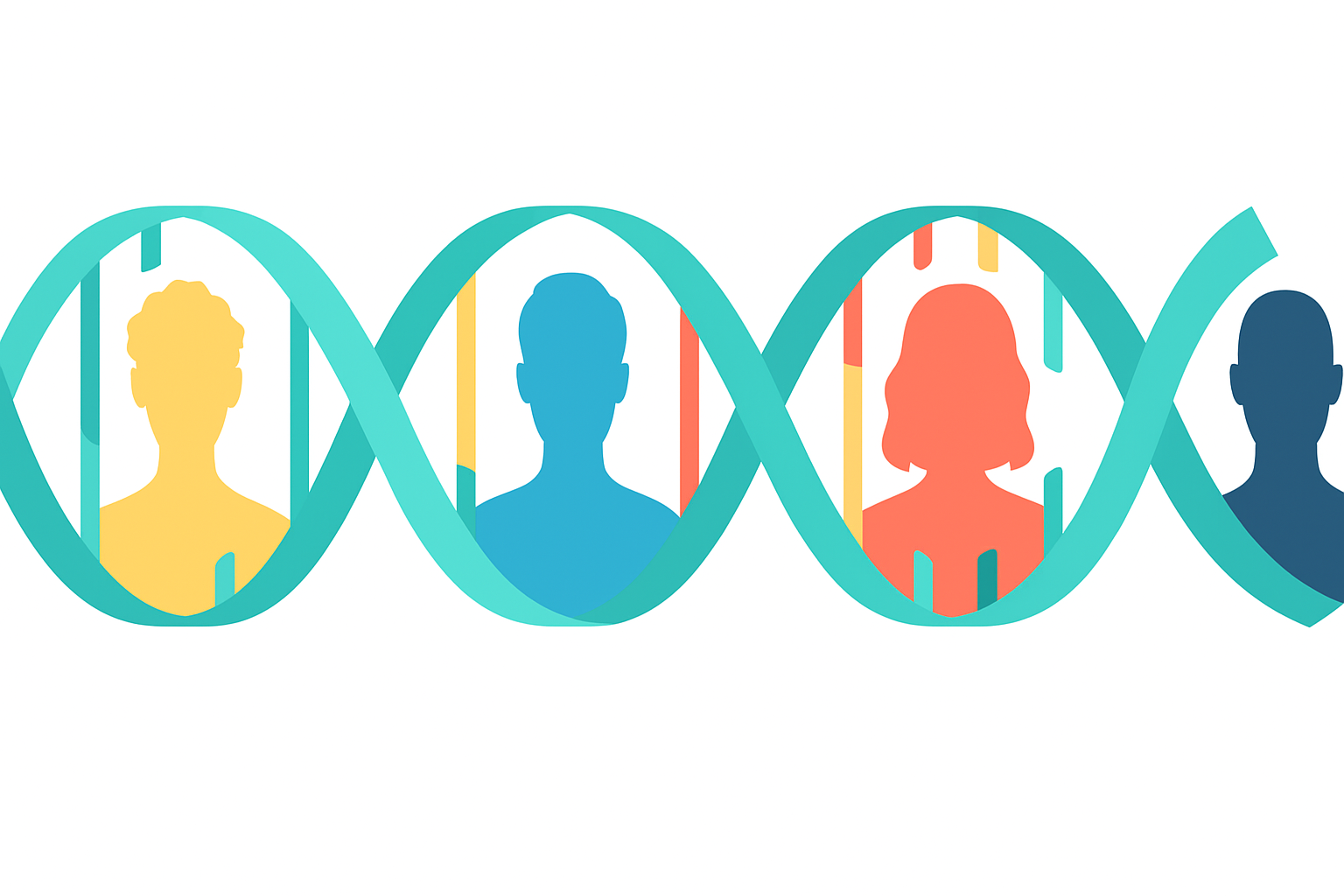Where the Idea Began
In the 17th to 19th centuries, European colonial expansion brought sustained encounters with diverse human populations. Early naturalists and anthropologists, working within the worldview of their time, began classifying humans into “races” based on skin color, facial features, and other superficial traits. These categories were presented as scientific, but they reflected the political and economic priorities of empires seeking to justify conquest and exploitation.
Figures like Carl Linnaeus and Johann Blumenbach formalized these divisions, embedding them into academic thought and public consciousness. Their taxonomies ignored the vast genetic overlap among all humans, instead elevating visible differences into rigid hierarchies.
1735 — Carl Linnaeus publishes Systema Naturae
1775 — Blumenbach proposes five races
1800s — Racial typologies spread through academia and policy
The Social Life of a Scientific Myth
Once embedded in law, policy, and culture, the concept of race persisted long after its scientific basis was questioned. In the 19th and early 20th centuries, “race science” was used to rationalize slavery, segregation, and the dispossession of Indigenous peoples. Immigration quotas in the United States, apartheid in South Africa, and the eugenics movement in Europe all drew legitimacy from the false idea that humanity could be divided into biologically distinct groups.
These beliefs were reinforced by textbooks, museum exhibits, and government classifications, creating a feedback loop where social inequality was both the cause and the consequence of racial thinking.
What Genetics Reveals
Modern population genetics has dismantled the biological race concept. The Human Genome Project and decades of research show that humans share over 99.9% of their DNA, and that the small fraction of variation does not cluster neatly into the traditional racial categories.
In fact, there is often more genetic diversity within a so‑called “racial group” than between two different groups. Traits like skin color are influenced by a handful of genes and environmental adaptation, not by deep genetic divides.
The Legacy and the Work Ahead
Despite the scientific consensus, the myth of biological race continues to shape bias, policy, and identity. It influences everything from policing and healthcare disparities to how we perceive one another in daily life.
Replacing “race” with more accurate concepts like ancestry, ethnicity, and population history is essential for building equitable societies. Understanding our shared genetic heritage is not just a scientific truth — it’s a foundation for dismantling prejudice and fostering unity.
